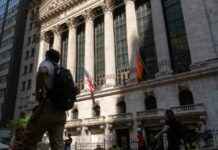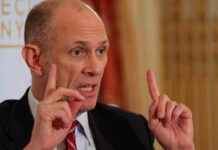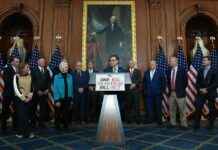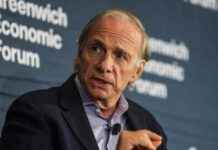Navigating Economic Uncertainty: The Impact of Recession vs. Stagflation on the Market
As the labor market continues to show signs of weakening, it becomes evident that short-term pain may be necessary to address the imbalances created by years of easy monetary policy. The most recent ADP employment report revealed that job growth in August fell short of expectations, with only 99k net new jobs created compared to the projected 140k. This marks the smallest number of net new jobs in over three and a half years, indicating a slowdown in hiring activity.
In addition to the disappointing job growth numbers, initial unemployment claims were 5.1% higher compared to the same period last year. US employers also announced a total of 79,697 hiring plans so far this year, down 41% from the previous year. These figures suggest a significant decrease in hiring intentions, which could have broader implications for the overall economy.
The August Institute for Supply Management (ISM) services index, while in line with expectations at 51.5, saw a drop in the employment subcomponent to 50.2 from 51.1 in July. This data, coupled with the ADP employment report, indicates that while companies are not yet conducting mass layoffs, they are also not actively hiring.
Furthermore, U.S.-based employers announced 75,891 job cuts in August, marking a 193% increase from the previous month. Excluding the job cuts announced during the pandemic year of 2020, last month saw the highest number of layoffs since 2009. While these layoffs may not be considered massive, they are certainly trending in the wrong direction.
The recent Nonfarm Payroll (NFP) Report showed 142k net new jobs created in August, falling short of the predicted 161k. The unemployment rate did decrease slightly to 4.2% from 4.3%, but the downward revisions to previous months’ data indicate a broader trend of slower job growth. With the 3-month moving average of just 116k new jobs, well below the previous 12-month average, it is clear that the economy is not meeting Wall Street’s expectations.
Looking ahead, the challenge remains in achieving significant earnings growth in an environment of economic uncertainty. With an EPS growth projection of 15% for the S&P 500 next year, the market is already priced for aspirational growth rates. However, factors such as tightening bank lending standards, slowing loan demand, and an Index of Leading Economic Indicators predicting just 1% growth for Q4 suggest a more subdued outlook.
Moreover, the yield curve un-inverted in September after a prolonged inversion, which historically signals a looming recession or GDP collapse. The Real Fed Funds Rate is currently in positive territory and has been elevated for over a year, posing further challenges to economic growth. Additionally, the shrinking Fed’s balance sheet has reduced the base money supply by $2 trillion in the past two years, impacting overall liquidity in the economy.
As the economy grapples with these challenges, the Federal Reserve is considering rate cuts to stimulate growth. Fed Governor Chris Waller has indicated openness to multiple rate reductions if economic data weakens further. However, the need for rate cuts raises questions about the Fed’s true motivations and its ability to address underlying structural issues.
In conclusion, the current economic landscape presents a complex set of challenges that require careful navigation. While short-term pain may be necessary to address imbalances and ensure long-term economic health, the focus must be on sustainable growth and stability. By closely monitoring key indicators and making informed policy decisions, stakeholders can work towards a more resilient and prosperous economy in the future.
















